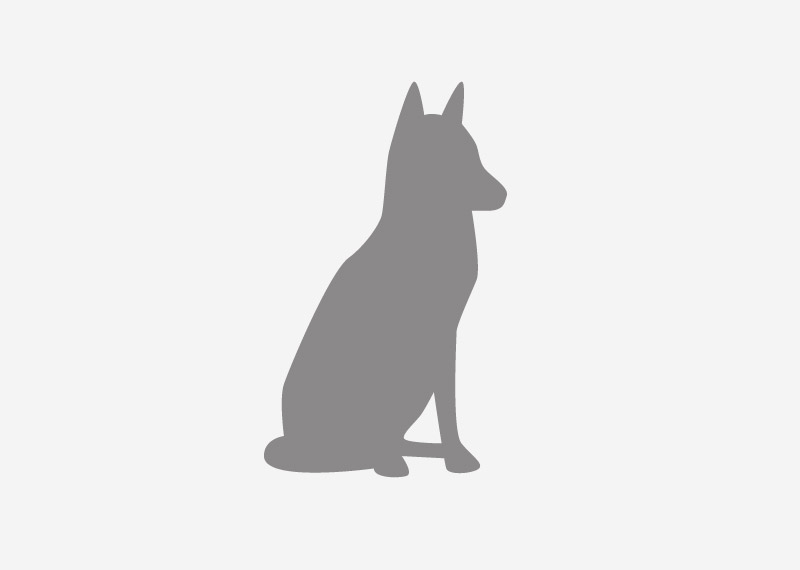The Tamaskan Dog is a crossbred dog of sleddog type originating from Finland, and as of 27 November 2013, has been recognized by the American Rare Breed Association, and the Kennel Club of the United States of America, two related Dog fancy. It is a highly versatile dog that can excel in Dog agility, Obedience training and List of dog sports. It is also capable of pulling sleds, which is inherited from its Siberian Husky and Alaskan Malamute ancestors. Morphologically, Tamaskans have been bred to look like wolf and have a notable Wiktionary:lupine appearance. Although there are a little over 400 registered Tamaskan Dogs worldwide, increasing interest has resulted in their spread throughout continental Europe, the UK and the USA, as well as Canada and Australia.
History
The original founders of the breed are Alba, Blustag, Blufawn and Moonstone Kennels. The first litter was produced in 2002, but at the time of their birth the name 'Tamaskan' did not exist. The Tamaskan name was not chosen for the breed until later, in 2006.In 2006 the founders started the Tamaskan Dog Register to record all information about the Tamaskan and list all dogs bred. There are now many clubs, registers and societies branching off from this original TDR. This means that there is no longer a single source of information about the breed and the breeds records are scattered between these organisations.Breeds used to create the Tamaskan Dog include (but not limited to) Northern Inuit, Utonagan, Siberian Husky, Alaskan Malamute, German Shepherd, one Saarlooswolfhond and other arctic breeds including Finnish racing huskies (unregistered huskies and husky crosses bred for competitive sled racing in Lapland (region)).
Health
Overall the Tamaskan breed is healthy with only a few notable health issues, which affect a small percentage of the bloodlines to date. Roughly 10% of males suffer from cryptorchidism: undescended testes. With these cases, usually only one testicle fully descends within the scrotum, while the other testicle remains "hidden" up within the abdominal cavity. Epilepsy in animals has been diagnosed in five dogs, affecting about 1 out of every 100 registered Tamaskan worldwide. Several dogs have been found to be carriers of Canine degenerative myelopathy. As with all large breed dogs, hip dysplasia (canine) is a risk.




